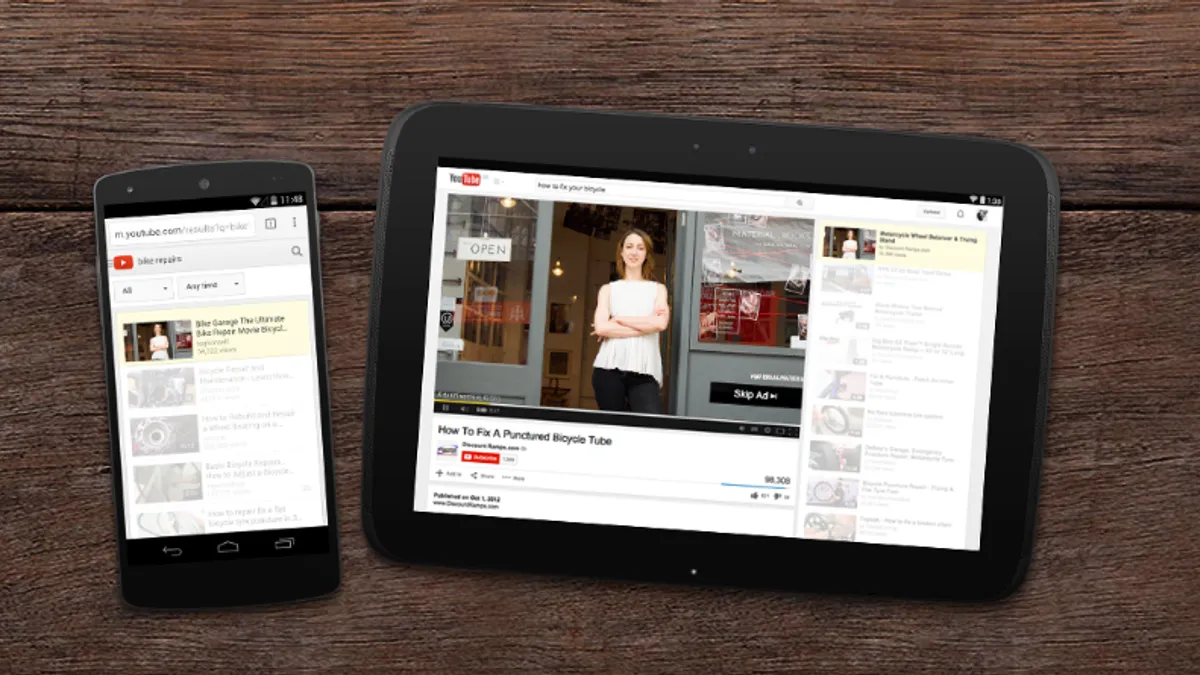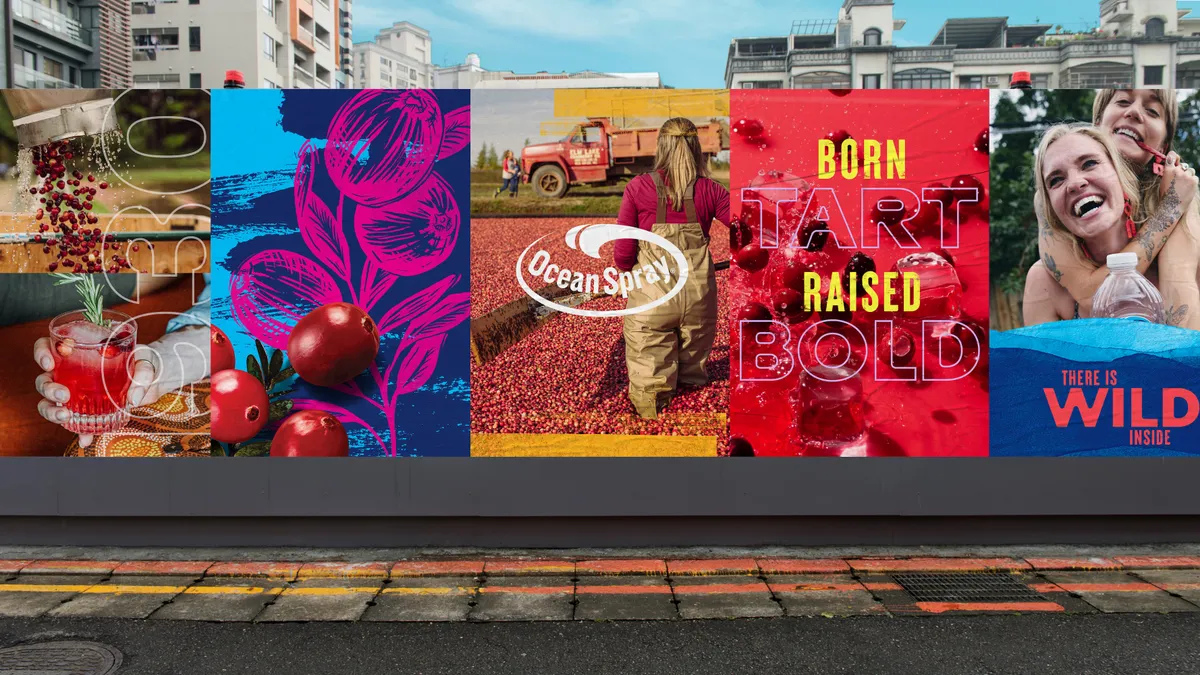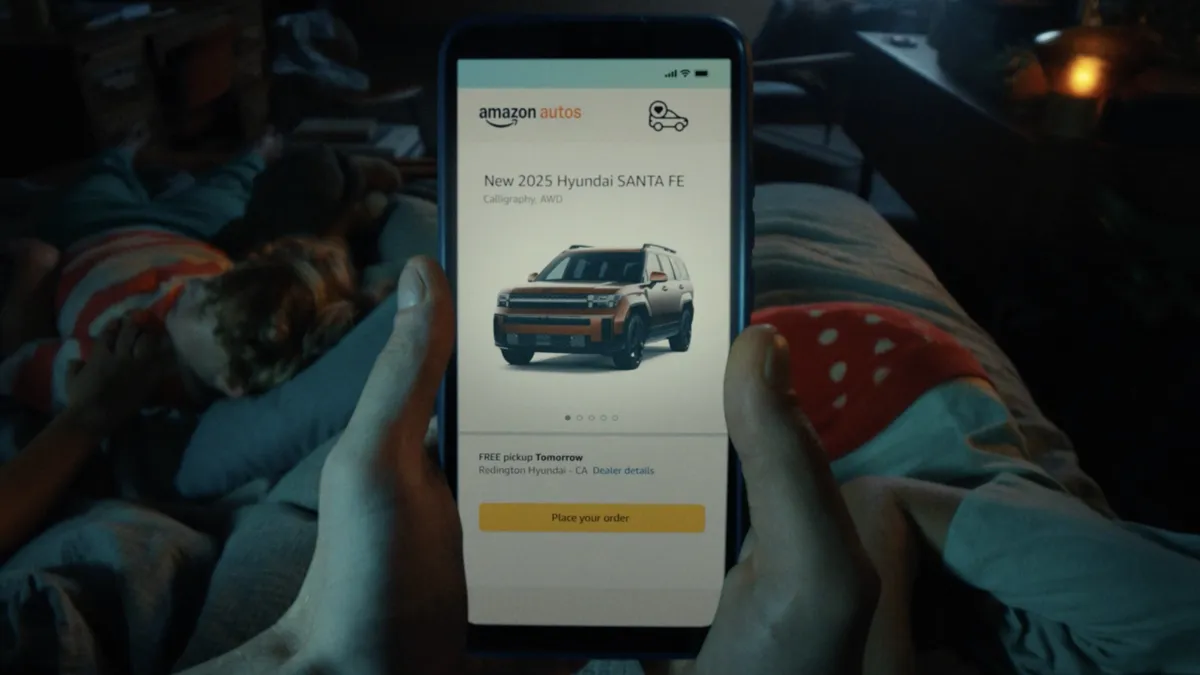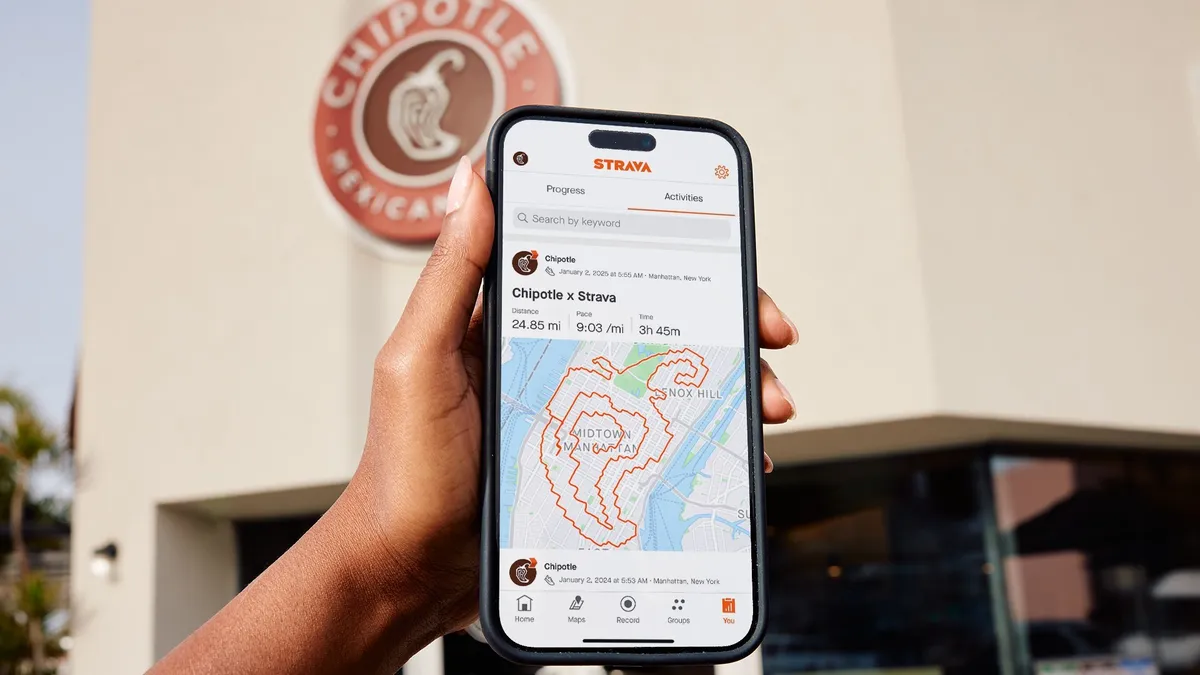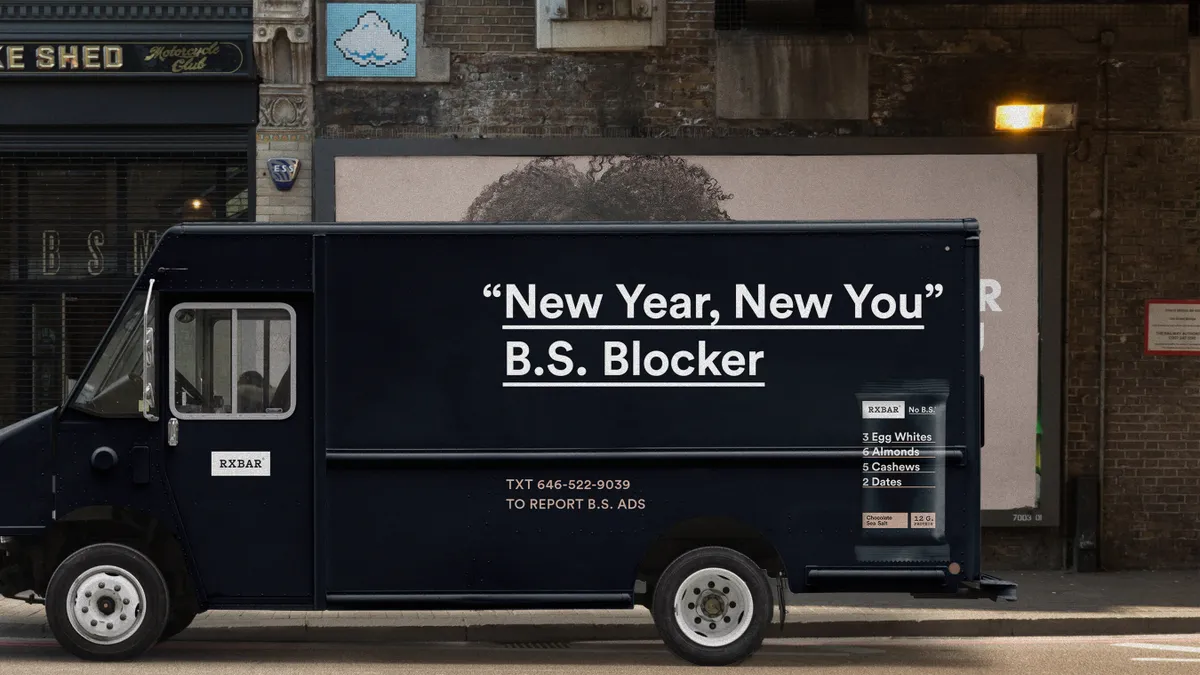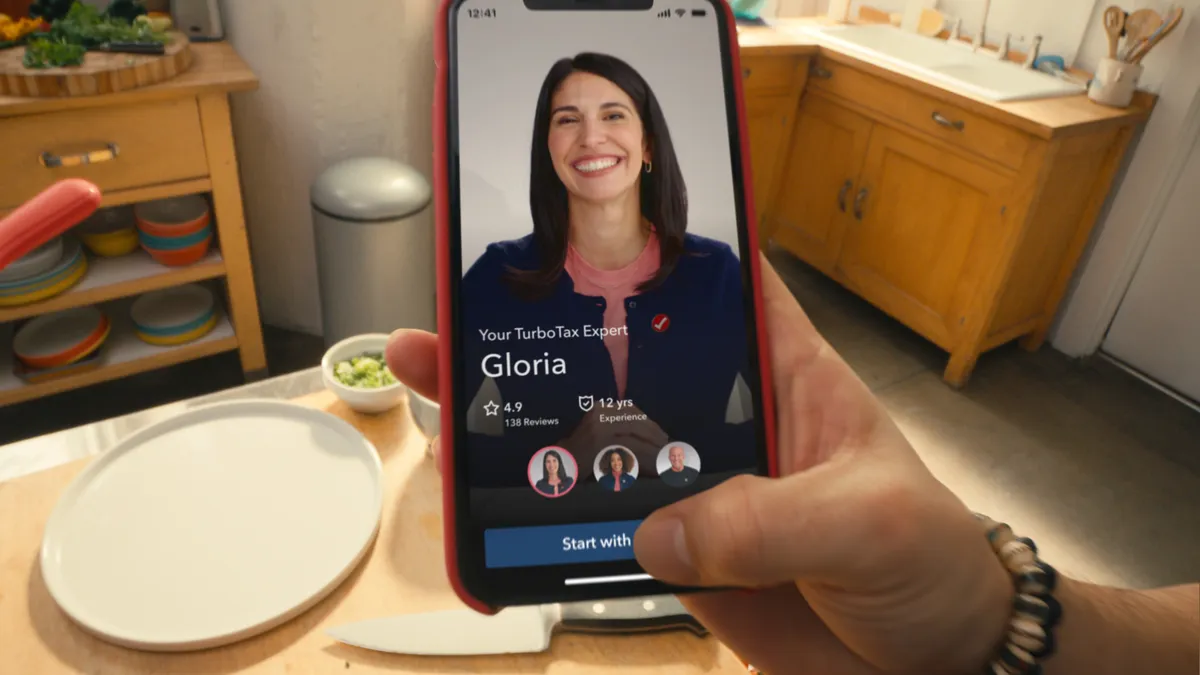Editor's note: The following is a guest post from Jeff Finn, CEO at Zvelo.
As the industry continues to prove, even the most finely crafted digital ad campaign can be twisted if threats to brand safety aren't actively addressed. Digital advertising is becoming increasingly automated, with programmatic ad buys made with vast publisher networks placing ads besides all kinds of content, and at a scale beyond what could ever be vetted by human eyes. When this associated content is problematic for the brand — and viewers notice and share screenshots across social media — it can become a viral event that hijacks the ad campaign and corrupts any goodwill it had earned. This issue has now become top of mind among brand marketers, as a CMO Council survey found that 72% of CMOs said they face pressure from their bosses to secure brand trust.
Advertisers were awakened to the severity of these brand safety risks earlier this year, as reports detailed the inability of the Google Display Network and YouTube to effectively protect brands from having their ads placed alongside hate speech and terrorist propaganda. A boycott by major companies ensued. More recently, in June, P&G Chief Brand Officer Marc Pritchard announced that the consumer goods giant would focus on the "quality and craft" it expects ad publishers to demonstrate in overseeing the safety of content. P&G, which is one of the world's largest advertisers by media spend and an influential voice in the industry, has also signaled its intention to shrink its marketing spend by $2 billion over the next five years, eyeing improvements to ad quality and transparency that will allow it to do more with less. As major players such as P&G shine a spotlight on brand safety and the risk of reputational damage from careless ad placements, expect the industry to increasingly demand solutions to this issue.
In the meantime, there are several approaches for brands to pursue in safeguarding the quality of the ad inventory they purchase. One method is to rely on private marketplaces or direct ad buys from site publishers. This offers advertisers the opportunity to select premium, vetted ad space associated with content and audiences well-suited to their brands. One caveat in the case of these premium publishers, however, is that unless they have insight into each page within their ad inventory, the possibility still exists of placing ads beside inappropriate content that these reputable entities unwittingly provide.
Contextual targeting can also serve brands by allowing ad content to be matched with the editorial content of a page, ensuring relevance and promoting engagement while avoiding more objectionable content. This can include content categorization at the page level, identifying and classifying content not only to determine if it's objectionable, but also recognizing hundreds of other criteria to maximize the specificity of contextual targeting. This strategy makes use of artificial intelligence, machine learning and human quality assurance in determining the nature of content. It's important to note that what's appropriate for each brand involves a component of cultural context and isn't universal. For example, an ad placement on a website intended for adult audiences may be on-brand for an underwear retailer, but a disaster for a children's toy brand. This is why deeper insights and transparency into where online ads pop up is so crucial to brand safety.
As it stands, content categorization does come with a few challenges. Analyzing the written content on a webpage and analyzing image or video content are very different tasks, and all-in-one approaches that appropriately categorize all types of content are hard to come by. Videos and images are often more difficult to vet for brand safety than text simply because it can be more interpretive or ambiguous in nature. Content can also be embedded in a separate iframe, where solutions can't effectively analyze it. Content categorization approaches to brand safety are also trickier for marketers targeting mobile apps because the inventory consists not of webpages, but multimedia-rich apps. These apps are locked down by the app publisher's SDK, making it a challenge for any third-party to analyze its ever-evolving content. Mobile app marketers concerned about brand safety should instead rely on apps' reputations and content ratings rather than the content categorization techniques.
These limitations aside, targeted ad buys and content categorization still have a lot to offer when it comes to enhancing brand safety. Brands blindly placing ads online take a greater risk than they realize, too often resulting in reputational damage, embarrassment or lost sales. By taking appropriate measures to understand where the ads they buy will ultimately be displayed, brands can both safeguard their name and target their campaigns to be viewed in the most appropriate context.


